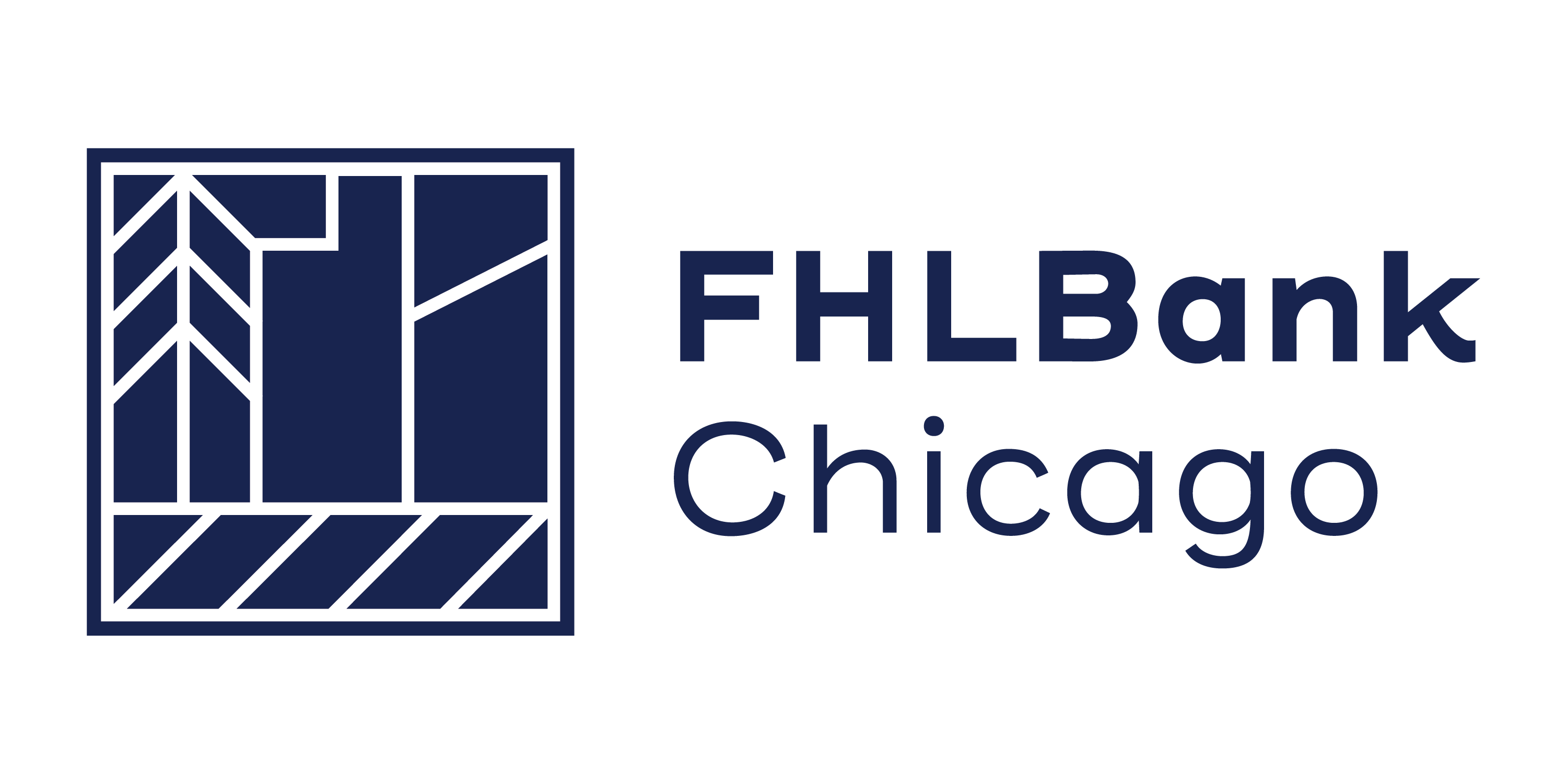Secondary Market: Q1 2018
Overview
As mortgage origination volumes decrease due to higher rates and lower refinancing activity, optimizing the income generated from your secondary market pipeline becomes even more important. One way to increase execution income is to move delivery commitments from best efforts to mandatory. Making the right decision may not only improve income, but also allow you to compete better in the marketplace. Several key factors should be considered, including pipeline size, loan type and characteristics, origination channels, fallout rates, and the capabilities of your personnel, data, and systems. In this article, we describe a framework for determining whether your pipeline, or a portion of your pipeline, is best suited for mandatory or best efforts delivery.Risk or Opportunity?
A best efforts commitment is a commitment to sell a particular loan by a specific date, with the flexibility of no pair-off fees if the loan fails to close. A mandatory commitment is a commitment to deliver a specific amount of loans, at a certain note rate and by a specific date, for a set price; however, it poses the risk of a pair-off fee if you are unable to fulfill the terms of the commitment. Both types of commitments may be used on a loan-by-loan basis, but a single mandatory commitment can also be used for multiple loans. Yet mandatory commitments are more flexible than you may think: they have a number of built-in flexibilities and tolerances that help to minimize pair-off fees. For example, if rates rise, you may have no pair-off fee, and in some cases may even receive a pair-off payment. Also, you can substitute loans, extend the commitment, substitute coupons, and increase or decrease the amount (up to a certain limit) without a fee.The Cost of Best Efforts
In 2017, only 3.6% of MPF Xtra® mandatory delivery commitments (DCs) fell out and required a payment of a pair-off fee, and such payments averaged 30 basis points (bps) (1.4 bps over all mandatory DCs). As rates rise and consumers are less inclined to walk away during the loan origination process, it’s likely that even fewer loans will fall out. Best efforts delivery commitments typically pay 12-20 bps less than a similar mandatory delivery commitment. On one recent day, the best efforts option cost 15 bps on a 30-day delivery commitment:
Additionally, using mandatory commitments allows you to further optimize your income by taking advantage of Mortgage Partnership Finance® (MPF®) Program Traditional products: MPF Original, MPF 125, and MPF 35. These products, which generally offer better price execution due to no LLPAs, are available only through mandatory delivery commitments. MPF Traditional also features ongoing income in exchange for sharing in a portion of the credit risk.
Building a Fallout Model
However, best efforts may still be appropriate for some loans. With MPF Xtra, you can mix and match delivery commitment types according to your pipeline. Start by segmenting your pipeline based on fallout rates. By selling loans with the highest fallout risk to best efforts, while maintaining mandatory DCs (with flexible tolerances and substitutions) for pipelines with low fallout rates, you can improve your secondary market execution. You can use historical data, separated by loan characteristics, to determine which loan segments make sense to continue selling as best efforts. And in a rising mortgage rate environment, along with a shift to purchase loans, consumers have more of an incentive to close a locked loan—meaning your fallout may be even lower than historical data would suggest.
The fallout rate threshold (shown as 50% above) can vary depending on the trade-off between pair-off fee estimates and the pricing differential between mandatory and best efforts. You may also hedge your pipeline using to-be announced securities (TBAs); use the fallout rate as an estimate for the percent of pipeline to hedge and then deliver into short-dated mandatory locks to further improve your execution. Let’s say that you expect to close $2 million of 4.5% 30Y loans within the next month. One of the loans, for $200,000, is from a customer you don’t already have a relationship with, so you might take out a $200,000 best efforts DC for that particular loan. For the rest, you can take out a $1.8M, 30-day mandatory DC. Let’s say that rates fall, and one loan for $100,000 falls out. With the 5% delivery tolerance, you would only be assessed pair-off fees beginning from 5% below the DC amount—so you would only be liable for pair-off fees on $10,000. Better yet, if you had a new loan for $170,000, you could substitute it into the mandatory DC with no penalty at all.
To Learn More
For further information, contact your Sales Director at membership@fhlbc.com to find out more about the products, strategies, and tools you can use to develop competitive lending solutions for your secondary mortgage market customers.Contributors
 Kyle Schirmann
Kyle SchirmannDirector, Member Strategy and Solutions
 Melissa Deven
Melissa DevenAssociate Director, Member Strategy and Solutions
 Ashish Tripathy
Ashish TripathyManaging Director, Member Strategy and Solutions
Disclaimer
The scenarios in this paper were prepared without any consideration of your institution’s balance sheet composition, hedging strategies, or financial assumptions and plans, any of which may affect the relevance of these scenarios to your own analysis. The Federal Home Loan Bank of Chicago makes no representations or warranties about the accuracy or suitability of any information in this paper. This paper is not intended to constitute legal, accounting, investment, or financial advice or the rendering of legal, accounting, consulting, or other professional services of any kind. You should consult with your accountants, counsel, financial representatives, consultants, and/or other advisors regarding the extent these scenarios may be useful to you and with respect toany legal, tax, business, and/or financial matters or questions. “Mortgage Partnership Finance” and “MPF” are registered trademarks of the Federal Home Loan Bank of Chicago.
Federal Home Loan Bank of Chicago | Member owned. Member focused. | February 2018

